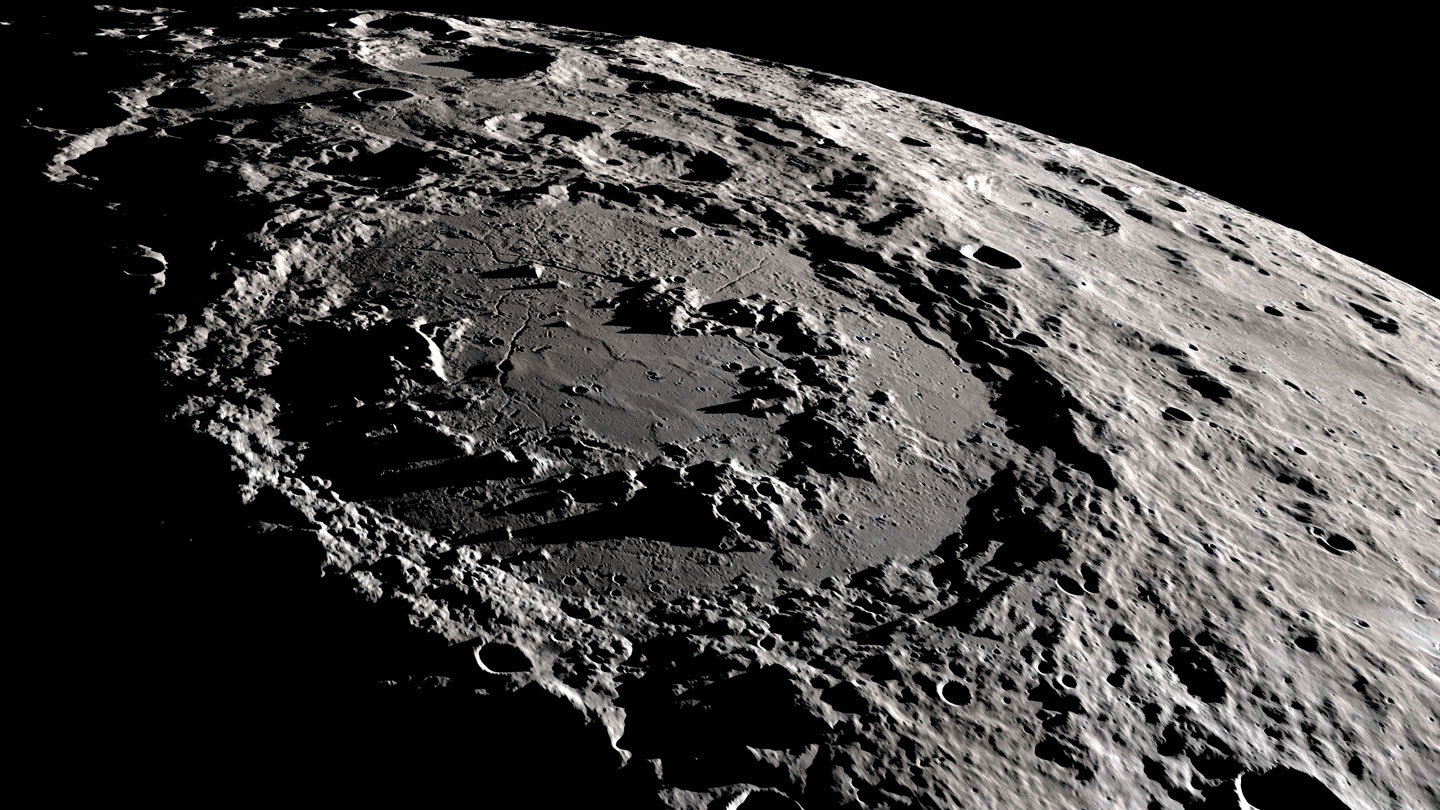Ice at the moon’s poles might have come from ancient volcanoes
Four billion years ago, lava spilled onto the moon’s crust, etching the man in

Four billion years ago, lava spilled onto the moon’s crust, etching the man in the moon we see today. But the volcanoes may have also left a much colder legacy: ice.
Two billion years of volcanic eruptions on the moon may have led to the creation of many short-lived atmospheres, which contained water vapor, a new study suggests. That vapor could have been transported through the atmosphere before settling as ice at the poles, researchers report in the May Planetary Science Journal.
“There are some places at the lunar poles that are as cold as Pluto,” says planetary scientist Margaret Landis of the University of Colorado Boulder.
Volcanically sourced water vapor traveling to the poles, though, probably depends on the presence of an atmosphere, say Landis, Wilcoski and their colleague Paul Hayne, also a planetary scientist at the University of Colorado Boulder. An atmospheric transit system would have allowed water molecules to travel around the moon while also making it more difficult for them to flee into space. Each eruption triggered a new atmosphere, the new calculations indicate, which then lingered for about 2,500 years before disappearing until the next eruption some 20,000 years later.
This part of the story is most captivating to Parvathy Prem, a planetary scientist at Johns Hopkins Applied Physics Laboratory in Laurel, Md., who wasn’t involved in the research. “It’s a really interesting act of imagination.… How do you create atmospheres from scratch? And why do they sometimes go away?” she says. “The polar ices are one way to find out.”
If lunar ice was belched out of volcanoes as water vapor, the ice may retain a memory of that long-ago time. Sulfur in the polar ice, for example, would indicate that it came from a volcano as opposed to, say, an asteroid. Future moon missions plan to drill for ice cores that could confirm the ice’s origin.
Looking for sulfur will be important when thinking about lunar resources. These water reserves could someday be harvested by astronauts for water or rocket fuel, the researchers say. But if all the lunar water is contaminated with sulfur, Landis says, “that’s a pretty critical thing to know if you plan on bringing a straw with you to the moon.”
Tags:poles,




